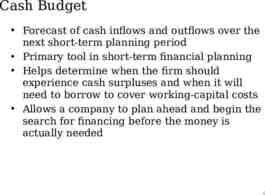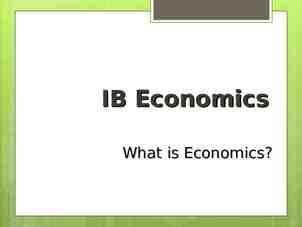SMART LIGHTING Diodes K. A. Connor Mobile Studio Project Center
17 Slides1.10 MB

SMART LIGHTING Diodes K. A. Connor Mobile Studio Project Center for Mobile Hands-On STEM SMART LIGHTING Engineering Research Center ECSE Department Rensselaer Polytechnic Institute Intro to ECSE Analysis

Outline Diodes – What is their basic function? Current flows one way. How Stuff Works – RPI Connection PN Junction Diode I-V Characteristic LEDs K. A. Connor 15 September 2015

Diodes D1 ANODE CATHODE DIODE A diode can be considered to be an electrical one-way valve. They are made from a large variety of materials including silicon, germanium, gallium arsenide, silicon carbide K. A. Connor 15 September 2015

Diodes In effect, diodes act like a flapper valve – Note: this is the simplest possible model of a diode K. A. Connor 15 September 2015

Diodes For the flapper valve, a small positive pressure is required to open. Likewise, for a diode, a small positive voltage is required to turn it on. This voltage is like the voltage required to power some electrical device. It is used up turning the device on so the voltages at the two ends of the diode will differ. – The voltage required to turn on a diode is typically around 0.6-0.8 volt for a standard silicon diode and a few volts for a light emitting diode (LED) K. A. Connor 15 September 2015

Diodes D1 D1N4002 VAMPL 10V V1 R1 FREQ 1k 1k 0 10 volt sinusoidal voltage source Connect to a resistive load through a diode – This combination is called a half-wave rectifier K. A. Connor 15 September 2015

Diodes VAMPL 10V Sinusoidal Voltage V1 FREQ 1k 10V 5V 0V -5V -10V 0s 0.5ms 1.0ms 1.5ms 2.0ms 2.5ms 3.0ms V(D1:1) Time K. A. Connor 15 September 2015

Diodes D1 VAMPL 10V V V1 D1N4002 V Half-wave rectifier R1 FREQ 1k 1k 0 10V 5V 0V -5V -10V 0s V(D1:1) 0.5ms V(D1:2) 1.0ms 1.5ms 2.0ms 2.5ms 3.0ms Time K. A. Connor 15 September 2015

How Stuff Works: LEDs K. A. Connor 15 September 2015

A Little History Note The Former Name! K. A. Connor 15 September 2015

PN Junction At the junction, free electrons from the N-type material fill holes from the P-type material. This creates an insulating layer in the middle of the diode called the depletion zone K. A. Connor 15 September 2015

PN Junction When the negative end of the circuit is connected to the nType layer & the positive end to the pType, electrons & holes move, the depletion zone disappears & current flows K. A. Connor 15 September 2015

PN Junction When connected in the other direction, electrons collect on one end and holes on the other and the depletion zone grows K. A. Connor 15 September 2015

Diode I-V Characteristic For ideal diode, current flows only one way Real diode is close to ideal Ideal Diode K. A. Connor 15 September 2015

LED Advantages? Differences from other diodes? K. A. Connor Today 15 September 2015

LED Wikipedia K. A. Connor 15 September 2015

LED I-V Characteristics LED Tutorial Linear LED Calculator K. A. Connor 15 September 2015






